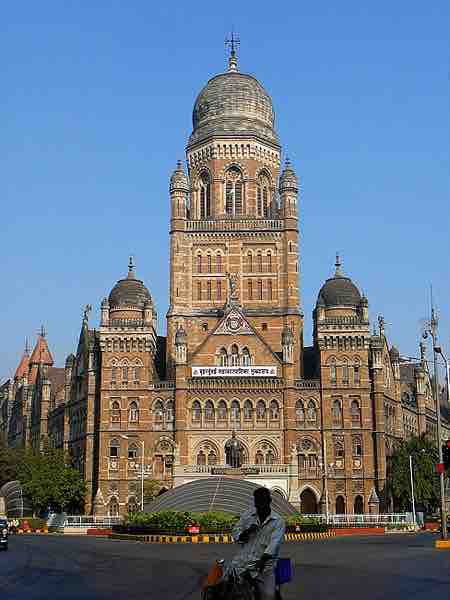Impact of British Imperialism in India
The British arrived in India in 1615; over the centuries, they gradually overthrew the Maratha and Sikh empires and other small independent kingdoms. The establishment of the British Empire in the 18th century laid the foundation for modern India's contact with the West. Westernization paved the way for a radical change of artistic taste, and a style emerged that represented the adjustment of traditional artists to new fashions and demands.
British colonial rule had a great impact on Indian art. As a whole, the European advent was marked by a relative insensitivity to native art traditions; former Indian patrons of art became less wealthy and influential, and Western art became more ubiquitous as the British Empire established schools of art in major cities, such as the Bombay Art Society in 1888. The Company style of paintings, for example, became common, created by Indian artists working for European patrons of the East India Company. By 1858, the British government took over the task of administration of India under the British Raj. The fusion of Indian traditions with European style at this time became evident in architectural styles. Toward the end of the 19th century, rising nationalism attempted a conscious revival of Indian art.
Architecture Under British Imperialism
As with the Mughals, architecture under European colonial rule became an emblem of power designed to endorse the occupying power. Numerous European countries invaded India and created architectural styles reflective of their ancestral and adopted homes. The European colonizers created architecture that symbolized their mission of conquest, dedicated to the state or religion. Among the key British architects of this time were Robert Fellowes Chisholm, Charles Mant, Henry Irwin, William Emerson, George Wittet, and Frederick Stevens.
The Indo-Saracenic Revival
The Indo-Saracenic Revival (also known as Indo-Gothic, Mughal-Gothic, Neo-Mughal, or Hindu-Gothic) was an architectural style and movement by British architects in the late 19th century. It drew elements from native Indo-Islamic and Indian architecture and combined them with Gothic revival and Neo-Classical styles favored in Britain. Public and government buildings, such as clock towers, courthouses, municipal buildings, colleges, and town halls, were often rendered on an intentionally grand scale, reflecting and promoting a notion of an invincible British Empire. Infrastructure was composed of iron, steel, and poured concrete and included domes, overhanging eaves, pointed arches, vaulted roofs, pinnacles, open pavilions, and pierced open arcading.

Municipal Corporation Building, Mumbai
This municipal building in Mumbai reflects the Indo-Saracenic architecture of its time.
Examples of Colonial Architecture
The major cities colonized during this period were Madras, Calcutta, Bombay, Delhi, Agra, Bankipore, Karachi, Nagpur, Bhopal, and Hyderabad. St. Andrew's Kirk in Madras (now Chennai) is known for its colonial architecture. The building is circular in form and is sided by two rectangular sections; the entrance is lined with 12 colonnades and two British lions, with the motto of East India Company engraved on them. The interior holds 16 columns, and the dome is painted blue and decorated with gold stars.
St. Andrew's Church
St. Andrew's Church in present day Chennai is an example of British colonial architecture in India.
The Victoria Memorial in Calcutta is another symbol of the British Empire, built as a monument in tribute to Queen Victoria’s reign. The plan of the building consists of one large central part covered with a larger dome, with colonnades separating the two chambers. Each corner holds a smaller dome and is floored with marble plinth. The memorial stands on 26 acres of garden surrounded by reflective pools.